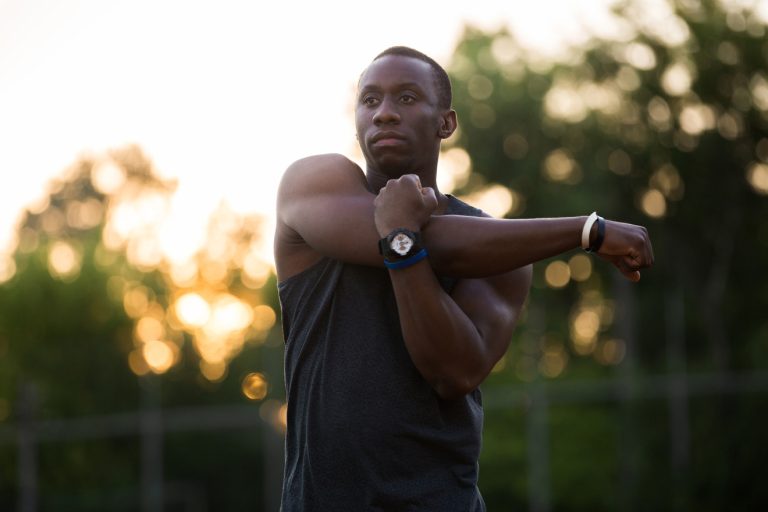Common weight training injuries and how to seek compensation
Health experts have long been enthused about the benefits of weight training for improved functional fitness, muscle mass, and strength. If you use a gym for your workouts, you likely do so because of the abundance of weight training equipment at your disposal.
When you’re a member of a gym, you should reasonably expect it to maintain the premises, including the equipment available for use. If the gym you use doesn’t take proper care of the equipment, it could lead to accidents that cause serious injury.
What types of accidents might occur while weight training at the gym?
Every gym owner should ensure the safety and well-being of the gym’s patrons. When they fail to maintain the premises, it can cause serious harm.
Exercise equipment must be assembled properly and placed on a stable surface. If it isn’t, it can fall over while someone is using it, causing painful injuries.
Additionally, gyms must make sure that the training area is monitored to ensure that gym-goers are using those items properly. They should also ensure that free weights are stowed correctly when not in use to prevent them from falling off the racks onto someone or being in the middle of the floor where someone can trip over them.
Common personal injuries from weight training at the gym
When a gym owner or manager fails to keep the gym in a safe state, many types of injuries can occur. For example, weight training machines that aren’t properly calibrated could lead to a user suffering a back injury, such as a herniated disc. These machines could also lead to torn rotator cuffs and other soft-tissue injuries.
If weight training equipment falls on a gym member, it can cause broken bones. These may be in the form of clean breaks, or they could completely crush the bone, requiring extensive surgeries to repair.
Is the gym owner responsible for your weight training injuries?
Whether you’re a member of the gym or a guest with a trial membership, the gym owner owes you a duty of care to keep the premises safe for your workouts. This duty requires them to do the following:
- Keep common areas clear: All common areas, such as the weight training area or any walkways, should be clear of obstacles. If an obstacle is left in the way, it is up to gym management to quickly remove the obstruction.
- Post clear warnings of danger: If there is something that could pose a hazard or danger to gym patrons, the gym owner is responsible for clearly posting warnings to keep guests out of harm’s way until it can be repaired.
- Make prompt repairs to equipment: When weight training equipment is broken, gym owners need to make arrangements to promptly repair it. Until that happens, a visible notice can serve as a clear warning to keep members from suffering injuries in a weight training accident.
- Conduct regular inspections of gym equipment: The gym owner or manager should make sure to inspect weight training machines, cardio exercise machines, and free weights to ensure their proper functionality. They should have a daily, weekly, and monthly schedule for maintaining the equipment.
In short, the gym owner is responsible for your safety while you are on their premises. If you become injured as a result of their lack of maintaining the equipment, you may be able to seek compensation.
What compensation can you receive for personal injuries?
The compensation you may be able to receive for your weight training injuries will depend on a variety of factors. It will require an analysis of your injuries and their severity. A review of the circumstances must also prove that the gym owner or manager was negligent.
Proving negligence is essential when seeking compensation for personal injuries caused by weight training. As the injured party, you will bear the burden of proof to show that you were either a gym member or a guest on the property. Once this duty is established, you’ll need to show that the gym owner breached their duty by not upholding the proper standard of care.
When these two metrics of negligence are satisfied, you’ll need to show that their breach led to your weight training accident. This can become a little more complicated because most gyms will have you sign a liability waiver. Still, this waiver may not carry any weight if the gym’s negligence caused you to get hurt. It’s best to discuss your injuries with personal injury attorneys who can evaluate your case and provide you with legal options. These personal injury attorneys in Birmingham, Alabama, are a good example of a service with specialist knowledge and free consultations.
If you are able to prove that the gym was negligent, you may be able to recover compensation for all of the medical bills associated with your injuries. You may also be able to seek lost wages if these injuries prevented you from working.
For permanent injuries, it may also be possible to seek lost earning capacity if you can no longer perform the duties of your job. There is also the potential to seek non-economic damages such as pain and suffering or loss of enjoyment of life for what you have endured.
Steps to take to protect your legal rights after weight training injuries
It can be difficult to keep a level head when you are injured while lifting at the gym. However, the steps you take afterward can go a long way to protect your legal rights.
Immediately after you have been hurt, you must notify the gym owner or manager on duty. File an accident report with them and do not leave without a copy. Use your phone to take photos and videos of the faulty equipment or the surroundings that caused you to sustain injuries.
Make sure you get the contact information of any other gym members who saw your weightlifting accident. They may be able to provide a statement that can serve as additional evidence in your case. Above all, contact a personal injury attorney who can represent your best interests in your pursuit of justice.
How to avoid injuries at the gym
The best way to deal with gym injuries is to prevent them altogether. Following a balanced weight training program tailored to your fitness level and goals is crucial for reducing the risk of injury. Make sure to warm up before each session, and use proper lifting techniques. Stay aware of your surroundings, ensure equipment is in good condition, and listen to your body to avoid pushing beyond your limits. By taking these precautions, you can minimize the likelihood of injury and continue progressing toward your fitness goals safely.
In conclusion …
Weight training at the gym offers tremendous benefits for building strength and improving overall health. However, it’s essential that gyms maintain a safe environment to prevent accidents caused by faulty equipment or negligence. If you’re injured due to a gym’s failure to uphold safety standards, you may be entitled to compensation. Understanding your legal rights and taking the necessary steps to protect them can ensure that you get the justice you deserve. Ultimately, injury prevention through safe gym practices and proper equipment maintenance is key to a successful fitness journey.







